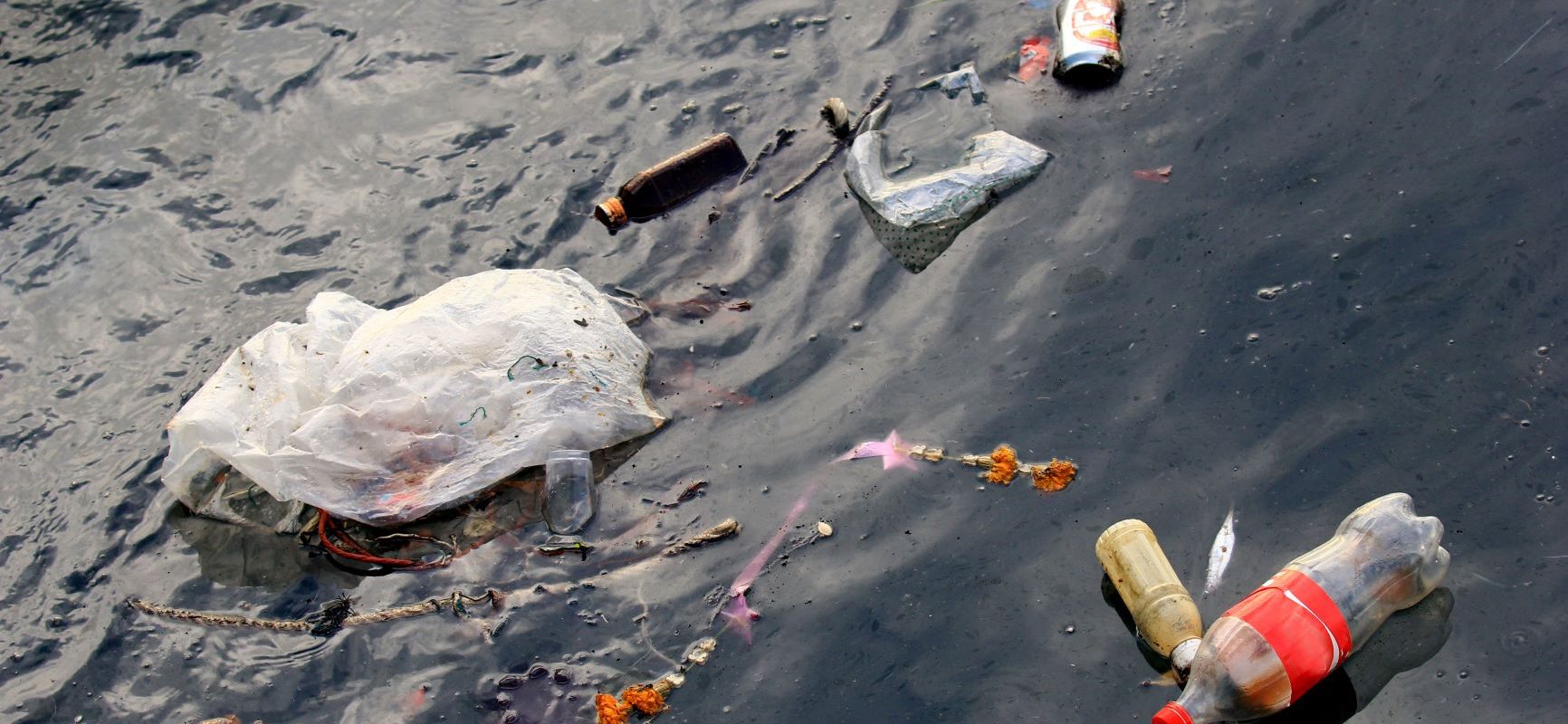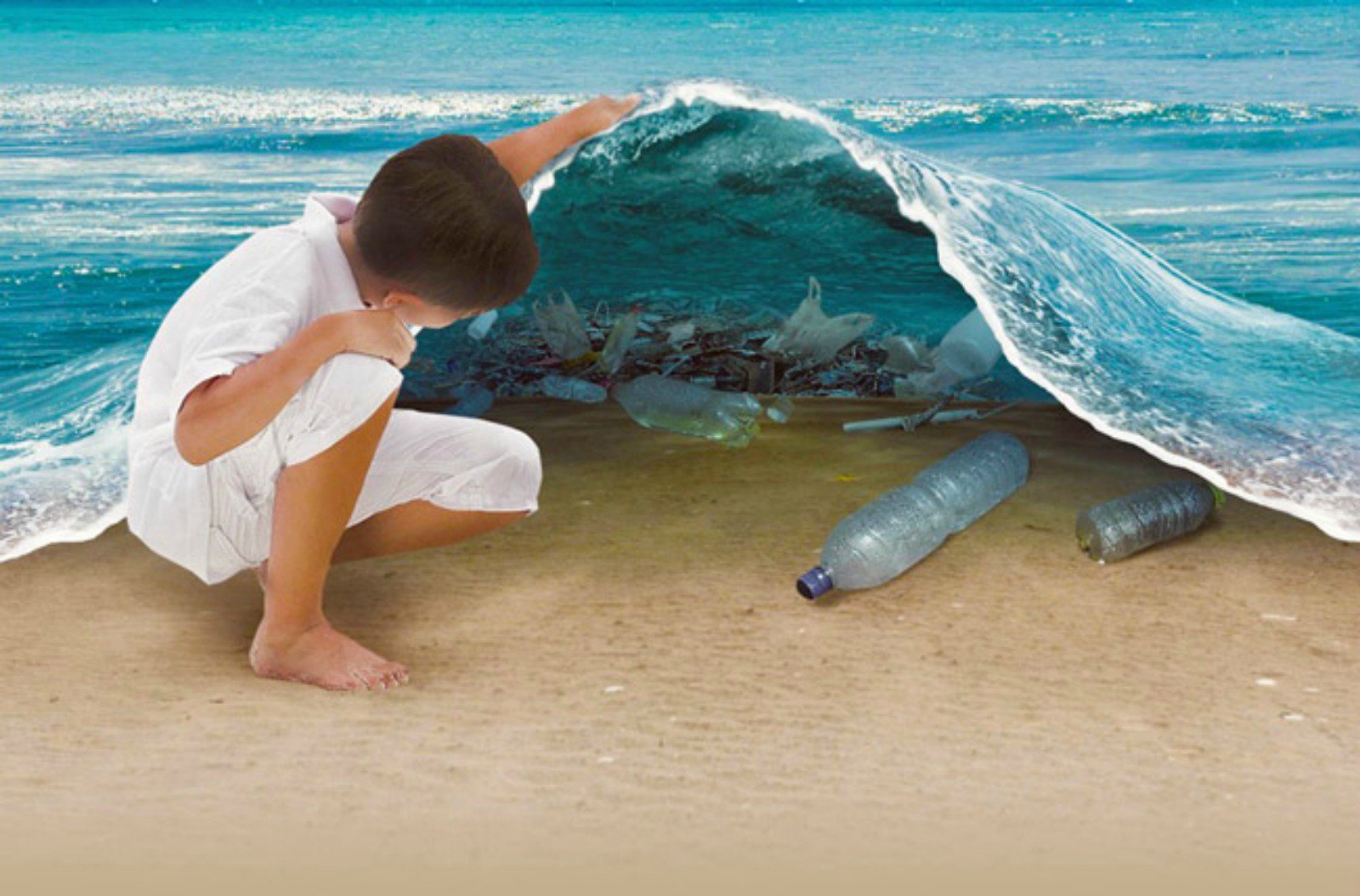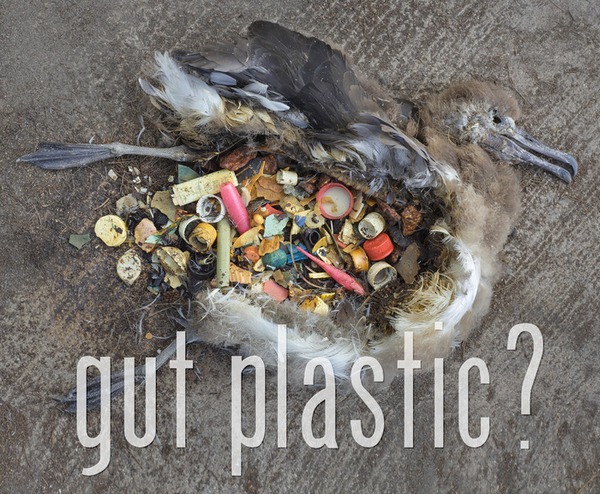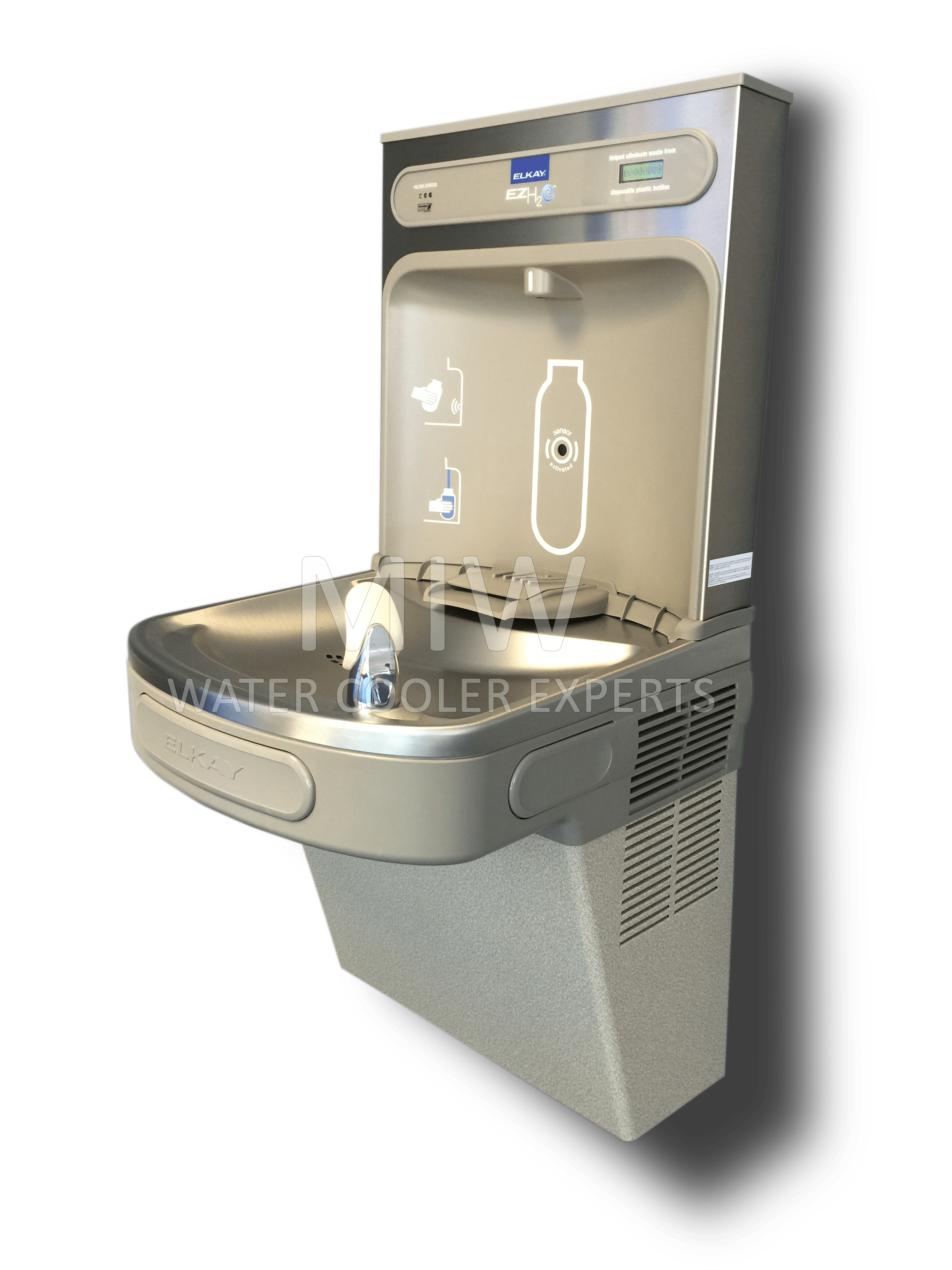 17th Jun 2016 by MIW Water Coolers
17th Jun 2016 by MIW Water Coolers
Why buying plastic bottles spells disaster for our ocean’s

If you take a look around, there is a pretty good chance you will see a plastic water bottle close by you, bottled water has been the drink of choice for people from a variety of different backgrounds, from office workers, professional athletes hydrating during or after training, to teenager’s drinking water at school. These bottles can be extremely expensive considering their contents, and the cost of regularly buying bottled water is certainly one consideration when you are thinking about adding a bottle filling station to your office, school or gym.
However, one of the biggest downsides of using bottled water is that there are serious consequences for the environment, and particularly for our oceans. The volume of waste plastic resulted in many of these water bottles being abandoned in the ocean, and some experts suggest that a rubbish truck of plastic waste enters into the ocean every minute, and that this plastic weight will start to outnumber the fish population as soon as 2050. 
Water bottles and the threat to the environment
Although water bottles don’t make up the entire content of plastic waste in the ocean, they are another example of human beings throwing away bottles when they could instead be reusing them. Currently, as little as one in five water bottles are reused or given to recycling, and there is a total of 1½ million tonnes of waste from these plastic bottles every year. Some of these bottles regularly leak plastic chemicals into the ocean, and they are non-biodegradable. There is so much plastic in the water that it is known as the Great Pacific Garbage Patch. This patch is more than twice the size of the US state of Texas, and maybe as much as 100 feet deep. The plastic gradually disintegrates without decomposing, meaning that small piece of plastic can be found in animal digestive systems, and on shorelines. Millions of seabirds and marine mammals die each year through the ingestion of these water bottles.
Alternatives to waste bottles
The majority of plastic water bottles sold by manufacturers are not suitable for reuse as water bottles, but there are special water bottles designed to be refillable such as the non-profit charity Jerry Bottle who offer a contemporary alternative to plastic bottles. This means that, rather than buying a water bottle every time you need to have a drink, you can instead reuse the bottle by simply refilling it from a bottle refilling station.
Many facilities like airports, leisure centres and office blocks in which there are lots of people coming and going can do their bit to save the oceans by installing refilling stations in their premises.
There are other advantages to reusing your refillable water bottles, including being easy and affordable, and the fact that if you avoid sugary drinks and instead drink water, you could be helping yourself to combat weight gain. In addition, water from these bottle refilling stations is of the highest quality, thanks to the filtration system they have, which ensures that the water you drink has no odour or taste.
Bottle refilling stations could be the future of water drinking, and they can certainly help to reduce the risk of plastic bottle waste becoming a serious environmental threat.











